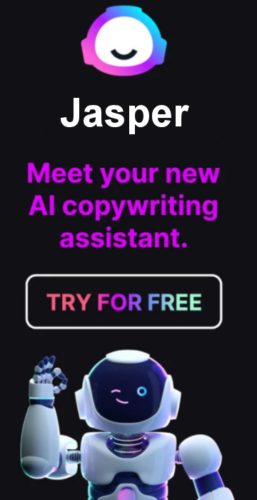Google’s Matt Cutts has made waves in the online marketing world recently thanks to his somewhat strongly worded warnings against low-quality guest blogging and paid links.
We’re not going to get into the moral ambiguity of either of those practices today; instead, it’s worth taking a look at exactly how it is that Google identifies which links are paid and which are not.
Here are four basic criteria that Google uses.
The Intent of the Audience
This particular criterion has to do with reciprocity. Plenty of us live according to conventional wisdom that tells us that “nothing is free.” The same tends to hold true in online content marketing. Take, for example, the fact that Apple is now giving away its desktop operating system for free.
It’s not because they expect their users to flood the Web with praise for Apple and links to the Apple website; they're done it because they’re genuinely interested in cultivating good will. The same holds true in the world of paid links; if something is provided free of charge because a link is expected, that’s a red flag.
A Question of Context
Sometimes it’s patently obvious that a particular link was paid for. Maybe it has nothing at all to do with the rest of the blog post. Sometimes it doesn't take all that much detective work to “sniff out” a paid link.
Suppose there’s an otherwise well-written article about a current event or trend, such as the gun-control debate. The reader would be justifiably surprised to find a random link halfway through the article that promoted adult diapers. This is an extreme example, but hopefully it serves as a reminder that linking practices – paid or not – need to remain natural, organic and fluid. If you take the reader out of the experience in an unexpected way, you've already failed.
Was it a Gift?
It’s not terribly uncommon for companies to provide products to influencers in exchange for publicity. Suspicions may be warranted, however, when that particular product is freely given, without the company expecting it to be returned.
This is a particularly troublesome trend for influencers whose job it is to objectively review a given product. If they’ve been given that product for free, they’re probably going to be a great deal more likely to sweep its flaws under the rug.
Cash Value
It’s plenty common for companies to provide monetary remuneration for links on blogs and Web pages. What about something that approximates money, however? Suppose a particular brand provided gift cards to bloggers to promote its product. It’s not “exactly” money, but it’s close enough as to make no difference.
Consider this parallel: At trade shows and job fairs, plenty of free items exchange hands, such as pens, pencils, T-shirts, travel mugs, whatever the case may be. Now suppose it was a cash surrogate, such as gift cards exchanging hands instead, or maybe just a free round of beer. That may be cause for alarm.
Closing Thoughts
You don’t have to take our word for it. Matt Cutts himself has proven only too eager to discuss Google’s criteria for determining which links have been paid for. It’s a reminder that, though content may be king, integrity may be queen.

About the Author: Adrienne Erin
Adrienne is a freelance writer who loves learning new things about internet and social media marketing. Check out her personal blog, Pongra


